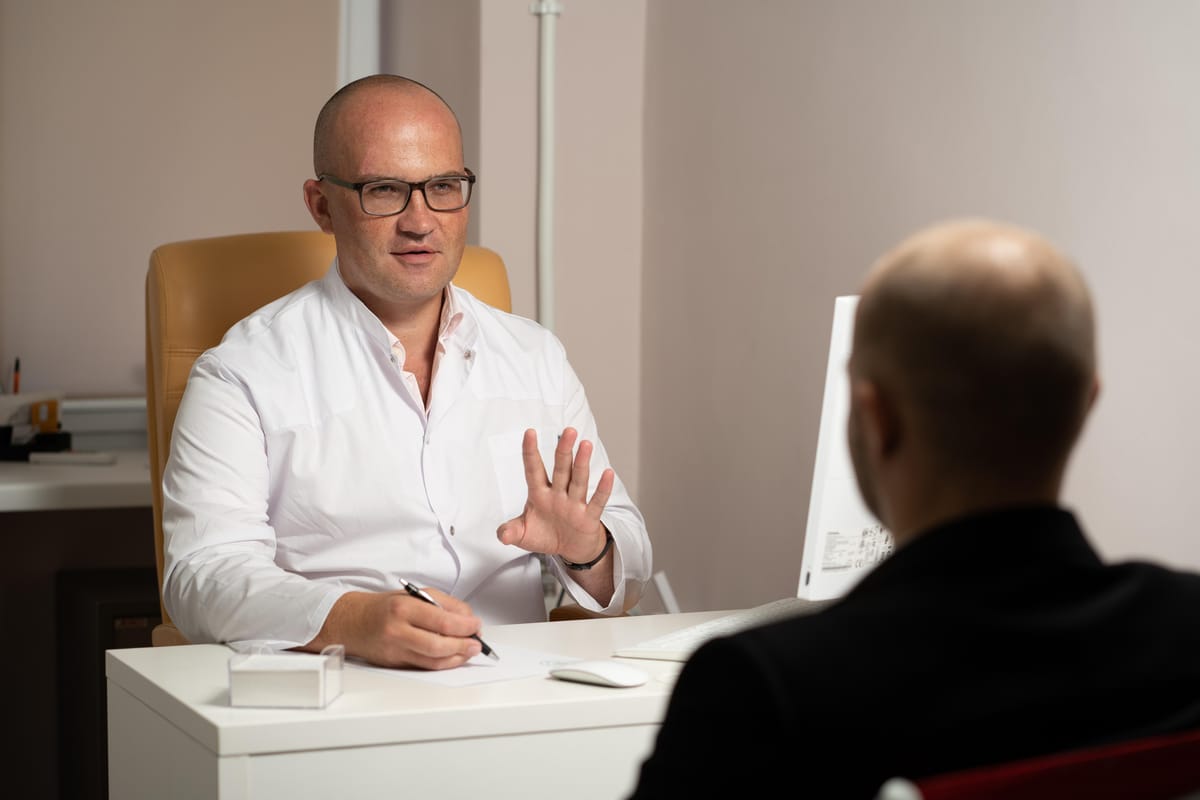From Terminal Diagnosis to Hope: The Medical Revolution That Saved 5 Million Cancer Lives
In 1975, a cancer diagnosis was often a death sentence. Today, it's increasingly a story of survival. Behind this transformation lies one of medicine's greatest triumphs—a revolution that has prevented an estimated 5 million cancer deaths and continues to save lives every day.
The Breakthrough That Changed Everything
The war against cancer began gaining serious momentum in the 1970s with the introduction of combination chemotherapy. Before this, oncologists treated cancer with single drugs, often achieving limited success. The revolutionary approach of using multiple medications simultaneously attacked cancer cells from different angles, dramatically improving survival rates.
Dr. Vincent DeVita Jr., former director of the National Cancer Institute, pioneered this approach with MOPP chemotherapy for Hodgkin's lymphoma. The results were staggering—cure rates jumped from less than 10% to over 80%. This breakthrough became the blueprint for treating numerous other cancers.
Precision Medicine: Targeting Cancer's Weak Spots
The late 20th and early 21st centuries ushered in the era of precision medicine. Instead of using broad-spectrum treatments that affected healthy cells alongside cancerous ones, researchers developed targeted therapies that specifically attack cancer's molecular vulnerabilities.
Game-Changing Targeted Therapies
Imatinib (Gleevec) transformed chronic myeloid leukemia from a fatal disease to a manageable condition. Approved in 2001, this drug targets the specific protein that drives the cancer, turning a death sentence into a chronic condition for thousands of patients.
Trastuzumab (Herceptin) revolutionized breast cancer treatment by targeting HER2-positive tumors. Since its approval in 1998, it has reduced the risk of cancer recurrence by approximately 50% in eligible patients.
Pembrolizumab (Keytruda) and other immunotherapy drugs have unleashed the body's own immune system against cancer, providing hope for patients with previously untreatable advanced cancers.
The Numbers Tell an Extraordinary Story
The American Cancer Society reports that cancer death rates have declined by 33% since 1991, translating to approximately 3.8 million deaths avoided. In children, the transformation has been even more dramatic—childhood cancer survival rates have improved from 10% in the 1960s to over 85% today.
Specific cancers have seen remarkable improvements:
- Chronic myeloid leukemia: 10-year survival improved from 22% to 89%
- Breast cancer: 5-year survival rate increased from 75% to 91%
- Colorectal cancer: Deaths decreased by 53% since 1980
- Hodgkin lymphoma: Now has a cure rate exceeding 90%
Early Detection: Catching Cancer Before It Spreads
Revolutionary screening programs have been equally crucial in preventing cancer deaths. Mammography has reduced breast cancer mortality by 20-40%, while colonoscopy screening has cut colorectal cancer deaths by more than half in screened populations.
The introduction of HPV vaccines represents prevention at its finest—potentially eliminating cervical cancer in future generations. Countries with high vaccination rates are already seeing dramatic reductions in precancerous lesions.
Technology Transforms Treatment
Modern cancer treatment increasingly resembles science fiction. Robotic surgery allows for precision previously impossible, while advanced imaging guides surgeons with millimeter accuracy. CAR-T cell therapy genetically modifies patients' immune cells to become cancer-fighting machines.
Artificial intelligence now helps oncologists select optimal treatments by analyzing vast amounts of genetic and clinical data, personalizing therapy in ways unimaginable just decades ago.
The Road Ahead: Hope on the Horizon
Today's cancer research pipeline promises even more breakthroughs. Liquid biopsies may soon detect cancers years before symptoms appear, while combination immunotherapies are showing unprecedented response rates in clinical trials.
The convergence of genomics, artificial intelligence, and nanotechnology suggests we're entering another revolutionary phase in cancer treatment—one that may finally fulfill the promise of turning cancer into a preventable or easily curable disease.
A Legacy of Lives Saved
The medical revolution against cancer represents one of humanity's greatest achievements. From combination chemotherapy to immunotherapy, from improved screening to precision medicine, each breakthrough has added years to countless lives and hope to millions of families facing a cancer diagnosis.
While the fight continues, the trajectory is clear: cancer's reign of terror is ending, one medical breakthrough at a time.
